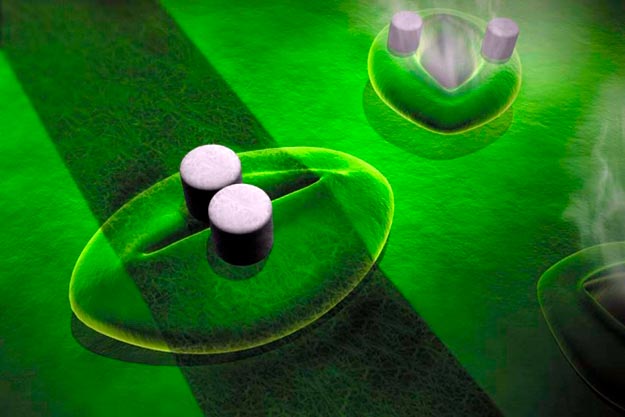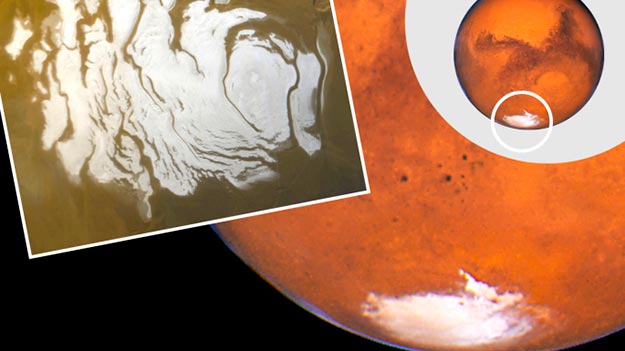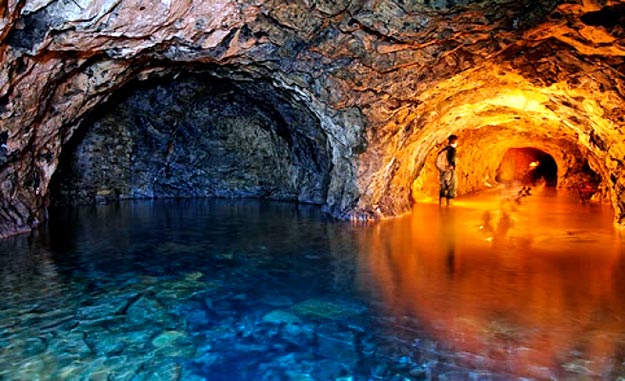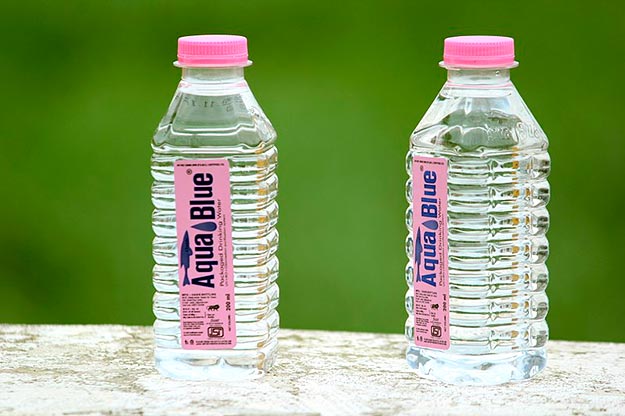A team of scientists led by researchers from the University of Hawai’i at Mānoa School of Ocean and Earth Science and Technology (SOEST) found the first direct evidence for the surface exposed water ice in permanently shaded regions (PSRs) of the Moon.
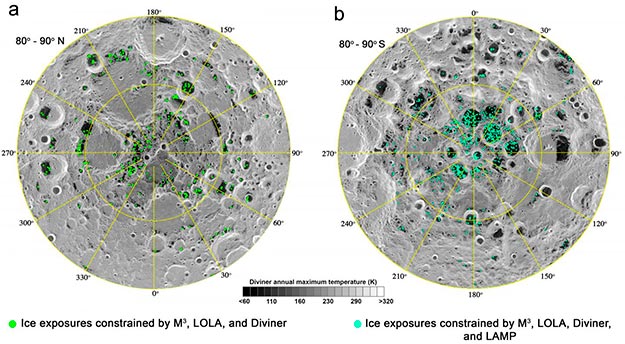
THIS IMAGE SHOWS THE SURFACE EXPOSED WATER ICE (GREEN AND BLUE DOTS) IN THE LUNAR POLAR REGIONS OVERLAIN ON THE ANNUAL MAXIMUM TEMPERATURE (DARKER=COLDER, BRIGHTER=WARMER).
“We found that the distribution of ice on the lunar surface is very patchy, which is very different from other planetary bodies such as Mercury and Ceres where the ice is relatively pure and abundant,” said lead author Shuai Li, a postdoctoral researcher at the Hawai’i Institute of Geophysics and Planetology (HIGP) in SOEST. “The spectral features of our detected ice suggest that they were formed by slow condensation from a vapor phase either due to impact or water migration from space.” Read more

